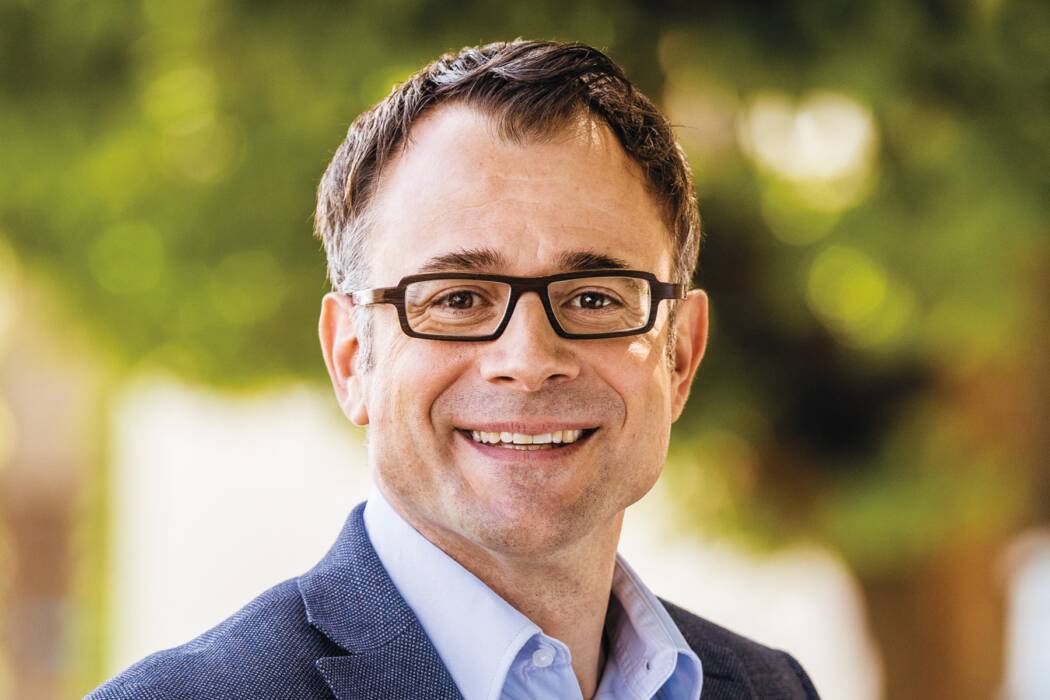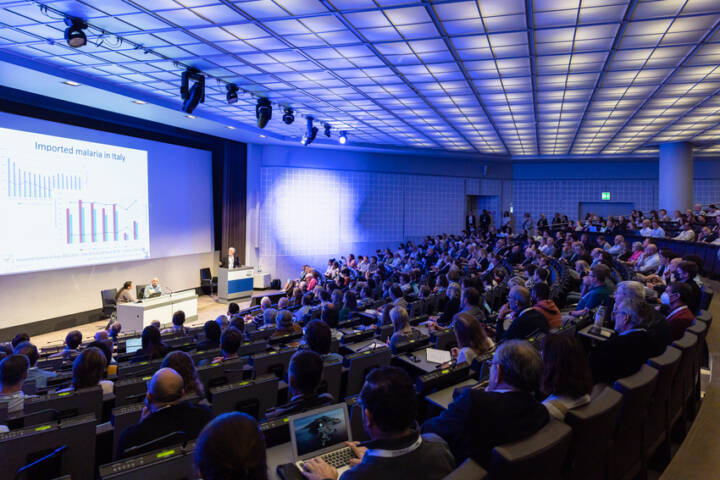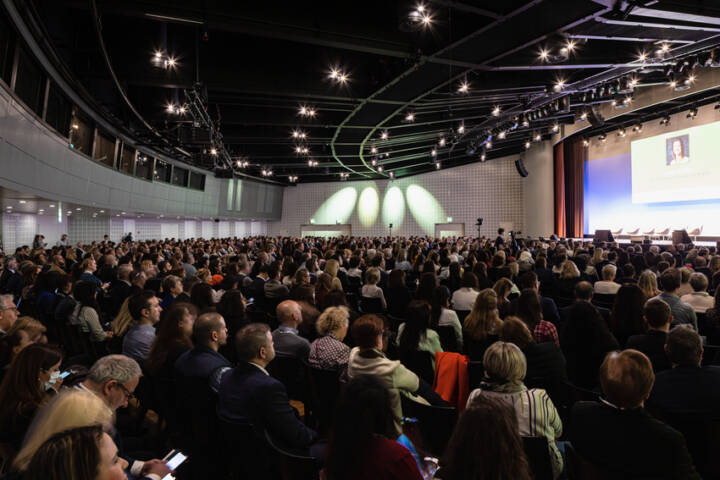In June of each year, more than 200 carefully selected galleries transform our city into a major temporary museum. To ensure that exhibitors and visitors enjoy their time not only on the exhibition site but also in the vicinity of the show, the canton of Basel-Stadt has set up two taskforces. Three months have now passed since Art Basel was held, which means it is high time to ask the cantonal government member in charge about the impact this has had.

Kaspar Sutter, the two taskforces were set up with the aim of raising the population’s awareness of the art show and improving the overall experience for visitors. What specifically does this involve and what aims are the two teams pursuing?
Art Basel is the world’s most important show for contemporary art. We are very proud of this but are also well aware of the fact that we cannot take its presence in our city for granted. Businesses, the population, our cultural institutions and the canton are therefore all called upon to make a contribution to ensuring that this remains the case. One of the taskforces is thus focused on our welcoming culture and everything that goes into making sure that visitors feel at home here – boosting the show’s visibility through more flagging on the main axes, expanding the range of gastronomic offerings, improving visitor information and implementing the “I’m pART of it” communication campaign. We, as the city, have considerably extended the opening hours of the bars in Basel during Art Week – until 2 a.m. in outdoor areas in the city centre and with no restrictions for indoor areas. The second taskforce, by contrast, is looking into the requirements of the art world in more detail. After all, it was not by chance that the show became established here in the first place – at the time Art Basel was founded, the city was already a vibrant centre for galleries, collectors and museums. But even they have to be kept in good spirits and this is only possible if the local protagonists are aware of their strengths and deploy them to advantage
Are you able to draw any initial conclusions already? Which measures have proved successful, where is there room for improvement?
The feedback we have received has been consistently positive – not only from visitors and the local population but also from regional players in the catering, hotel and cultural scene. At the moment we are conducting talks to find out precisely which measures should be continued next year.
So, you are planning to continue the initiative in 2024. Are you going to include additional aspects next year?
That’s right – we will be maintaining our commitment at all events. Whether and how we can include additional aspects is the subject of ongoing talks with the local stakeholders.
Do you feel that other trade fairs and congresses apart from Art Basel can benefit from an improved welcoming culture in Basel?
The activities of the two taskforces have been very much geared to Art Basel. Despite this, we hope that a number of the measures taken will be relevant for other trade fairs and congresses too. At all events, the initiative has achieved one thing – the local stakeholders have doubtless never engaged as intensively with one another as has been the case this year. I am convinced that this will have a positive impact on other events too.



